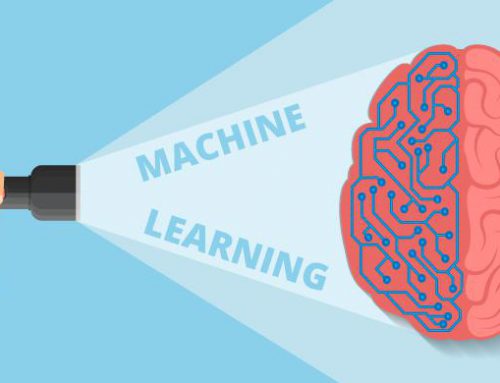Table of Contents
“Machine learning allows us to build software solutions that exceed human understanding and shows us how AI can innervate every industry.”
-Steve Jurvetson, Board Member of SpaceX and Tesla
There have been a lot of discussions whether Artificial Intelligence and Machine learning are the same or not. There have been a lot of times when these two terminologies are used interchangeably.
So, before we are confounded by the immense possibilities of AI and machine learning, let us first see what they are and how they are different.
Artificial Intelligence
- “AI is the science and engineering of making intelligent machines, especially intelligent computer programs.” — Alan Turing
- We are now entering the age of artificial intelligence, a time when machines are using algorithms that give them superhuman abilities, says NAVEEN G. RAO, VP & General Manager, AI Products Group, Intel.
- “Some people call this artificial intelligence, but the reality is this technology will enhance us. So instead of artificial intelligence, I think we’ll augment our intelligence.”-Ginni Rometty, CEO of IBM
According to a recent Forbes Insights survey of 300-plus executives—63% of whom were in the C-suite—95% believe that AI will play an important role in their responsibilities in the near future.
According to the Q4 2018, MoneyTree Report by PwC, investment in AI startups has grown remarkably in the last few years. AI startups in the US alone raised a record $9.33 billion in 2018, which is almost 10% of total venture capital (VC) investments in 2017.
Practical Use:
When you find yourself stranded in a city looking for a hotel room, you need a mobile app that tells you current availability for that day, not the best deals in three months. Artificial intelligence (AI) is making this far easier, sifting through and making sense of reams of data to get you the information you need right when you need it.
Take AlphaGo for example – a computer program that plays the board game Go. It was developed by Alphabet Inc.’s Google DeepMind in London. It has 10 to the power 80 possible outcomes and because of that, the program could defeat the best Go player from China; Ke Jie. Not one but three times in total before retiring from the game. After every game, it gets better than the previous one.
This enraged China so much that they banned the live-stream of AlphaGo in their country after Ke Jie lost the first match. It was seen as a blow to China’s pride to lose to an American intelligent machine.
Machine Learning
Arthur Samuel defined machine learning as — “Field of study that gives computers the capability to learn without being explicitly programmed”.
“How can we build computer systems that automatically improve with experience, and what are the fundamental laws that govern all learning processes?” – Carnegie Mellon University defines Machine Learning Solution is the answer to this question.
Technically, it branches out of Artificial intelligence. But, it is more than meets the eye. It is based on the mere idea that machines can be built, which can process the data and learn on their own with no constant supervision. The algorithms acquire the skill and knowledge with experience, relying majorly on humongous data sets to find common patterns.
There are various categories of machine learning tasks (classification, clustering, regression, etc.) and methods (supervised, unsupervised, reinforcement).
Practical Use:
A prominent example of machine learning is something used everyday by us and perhaps we are not aware, but they are driven by machine learning. Siri, Google Now, Alexa are some popular cases of virtual personal assistants. These assistants help in finding information when asked over voice. We need to simply activate them and ask, “Nearby toy stores”, “What is my schedule for today?”, or similar questions. For answering, the personal assistant searches the information, recalls related inquiries or instruct other resources like phone apps to collect information. Instructions like, “Set an alarm for 6 AM next morning” can also be given to these assistants.
Machine learning is an important part of these personal assistants as they collect and refine the information on the basis of your previous involvement with them. Later, this set of data is utilized to generate results that are tailored to your preferences.
Conclusion
Both AI and ML have valuable applications in real life and a lot more is yet to be explored depending on what are the needs. With AI and ML, it’s possible to use data to get added value, which is not possible with human analysis alone. This leads to improved effectiveness and productivity with new insights and automation.






















Leave A Comment